Home>Gardening & Outdoor>Landscaping Ideas>How Long Does It Take Grass Mulch To Decompose
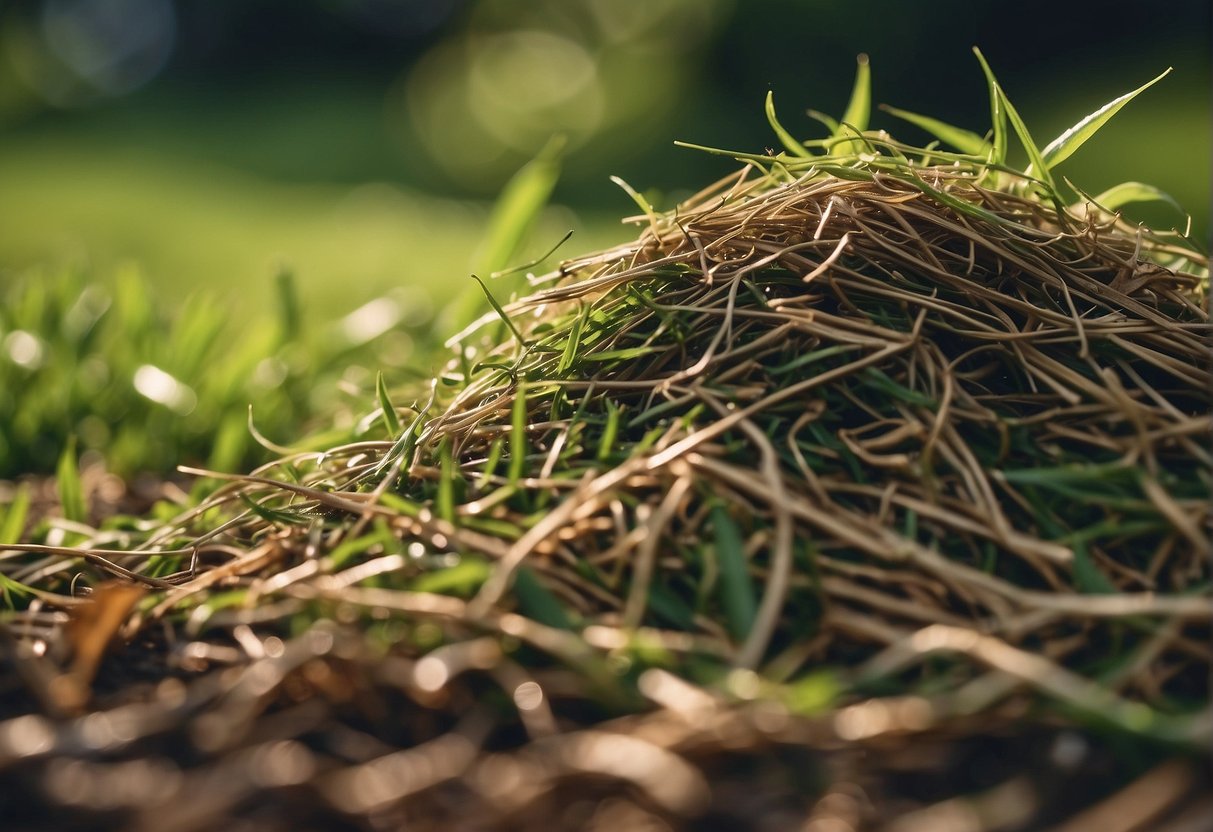

Landscaping Ideas
How Long Does It Take Grass Mulch To Decompose
Modified: March 25, 2024
Discover the ideal grass mulch decomposition timeline and get landscaping ideas for a thriving outdoor space. Learn how to enhance your garden with efficient mulching techniques.
(Many of the links in this article redirect to a specific reviewed product. Your purchase of these products through affiliate links helps to generate commission for Storables.com, at no extra cost. Learn more)
Introduction
Grass mulch is a popular and eco-friendly landscaping material that offers numerous benefits to gardens and lawns. It is commonly used to retain moisture, suppress weed growth, and enhance soil fertility. One of the key considerations for individuals utilizing grass mulch is understanding the decomposition process and how long it takes for grass mulch to break down naturally.
Understanding the decomposition timeline of grass mulch is essential for gardeners and landscapers to effectively manage their landscaping projects. By comprehending the factors influencing the decomposition process, individuals can make informed decisions about when to replenish mulch and how it contributes to the overall health of their garden or lawn.
In this article, we will delve into the intricate process of grass mulch decomposition, exploring the various factors that influence its breakdown, the environmental conditions that play a crucial role, the types of grass mulch commonly used, the impact of microbial activity, and the timeline for decomposition. Additionally, we will highlight the benefits of utilizing decomposed grass mulch in landscaping and gardening practices.
By gaining insights into the decomposition of grass mulch, readers will be equipped with valuable knowledge to optimize their landscaping efforts, promote sustainable gardening practices, and foster a deeper appreciation for the natural processes that contribute to the vitality of their outdoor spaces.
Key Takeaways:
- Grass mulch decomposes faster with a balanced mix of nitrogen and carbon, adequate moisture, and oxygen. Understanding these factors helps gardeners optimize their landscaping efforts and promote sustainable gardening practices.
- Decomposed grass mulch enriches soil, suppresses weeds, retains moisture, supports sustainable nutrient cycling, and enhances microbial activity. Utilizing it creates vibrant and eco-friendly outdoor spaces that thrive in harmony with nature.
Read more: How Long Does Cut Grass Take To Decompose
Factors Affecting Decomposition of Grass Mulch
The decomposition of grass mulch is influenced by several key factors that play a pivotal role in determining the rate at which it breaks down. Understanding these factors is essential for gardeners and landscapers seeking to optimize the use of grass mulch in their outdoor spaces.
1. Carbon-to-Nitrogen Ratio:
The carbon-to-nitrogen ratio of grass mulch significantly impacts its decomposition. Grass clippings, which are high in nitrogen, decompose more rapidly when mixed with carbon-rich materials such as dry leaves or wood chips. This balanced ratio provides an ideal environment for microbial activity, accelerating the decomposition process.
2. Moisture Levels:
The moisture content of the mulch directly affects its decomposition rate. Adequate moisture is essential for the microbial organisms responsible for breaking down the grass mulch. In dry conditions, decomposition slows down, while excessively wet environments can lead to anaerobic decomposition, resulting in a pungent odor and nutrient loss.
3. Oxygen Availability:
Oxygen is crucial for aerobic decomposition, which is the preferred method for breaking down grass mulch. Proper aeration of the mulch allows for the proliferation of aerobic microorganisms, ensuring efficient decomposition. Compacted or waterlogged mulch restricts oxygen flow, leading to slower decomposition rates.
4. Particle Size:
The size of grass mulch particles impacts the decomposition process. Finely shredded grass clippings decompose more rapidly than larger pieces due to increased surface area, facilitating microbial colonization and activity.
5. Chemical Composition:
The chemical composition of grass mulch, including the presence of lignin and cellulose, influences its decomposition. High lignin content in mature grass can slow down decomposition, while younger, tender grass clippings with lower lignin content decompose more readily.
6. Temperature:
Temperature plays a significant role in the decomposition of grass mulch. Warmer environments promote microbial activity, accelerating decomposition, while colder temperatures slow down the process. Seasonal variations can impact the rate at which grass mulch breaks down, with decomposition typically slowing during winter months.
By considering these factors, gardeners and landscapers can effectively manage the decomposition of grass mulch, optimizing its utilization in landscaping and gardening practices. Understanding the intricate interplay of these factors empowers individuals to make informed decisions, fostering sustainable and environmentally conscious approaches to outdoor maintenance.
Environmental Conditions
The decomposition of grass mulch is intricately linked to environmental conditions, which play a crucial role in determining the rate at which grass mulch breaks down. These conditions encompass a range of factors, including moisture levels, oxygen availability, temperature, and seasonal variations. Understanding the impact of environmental conditions on the decomposition process is essential for gardeners and landscapers seeking to optimize the use of grass mulch in their outdoor spaces.
Moisture Levels
The moisture content of the mulch directly influences its decomposition rate. Adequate moisture is essential for the microbial organisms responsible for breaking down the grass mulch. In dry conditions, decomposition slows down, as microbial activity is hindered by the lack of moisture. Conversely, excessively wet environments can lead to anaerobic decomposition, resulting in a pungent odor and nutrient loss. Therefore, maintaining optimal moisture levels is critical for promoting efficient decomposition.
Oxygen Availability
Oxygen is a key component for aerobic decomposition, which is the preferred method for breaking down grass mulch. Proper aeration of the mulch allows for the proliferation of aerobic microorganisms, ensuring efficient decomposition. Compacted or waterlogged mulch restricts oxygen flow, leading to slower decomposition rates. By ensuring adequate oxygen availability, gardeners can create an environment conducive to the rapid breakdown of grass mulch.
Temperature
Temperature plays a significant role in the decomposition of grass mulch. Warmer environments promote microbial activity, accelerating decomposition, while colder temperatures slow down the process. Seasonal variations can impact the rate at which grass mulch breaks down, with decomposition typically slowing during winter months. Understanding the influence of temperature on decomposition enables gardeners to anticipate fluctuations in decomposition rates and adjust their landscaping practices accordingly.
By considering these environmental conditions, gardeners and landscapers can effectively manage the decomposition of grass mulch, optimizing its utilization in landscaping and gardening practices. The interplay of moisture levels, oxygen availability, temperature, and seasonal variations underscores the dynamic nature of the decomposition process, highlighting the need for proactive and informed approaches to outdoor maintenance.
Types of Grass Mulch
Grass mulch comes in various forms, each offering unique characteristics and benefits for landscaping and gardening applications. Understanding the different types of grass mulch is essential for selecting the most suitable option based on specific needs and environmental considerations.
-
Fresh Grass Clippings:
Freshly mowed grass clippings are a readily available and nutrient-rich mulching material. When used as mulch, they provide a quick source of nitrogen to the soil, promoting healthy plant growth. However, fresh grass clippings should be applied thinly to prevent matting and potential odor issues during decomposition. -
Dried Grass Clippings:
Dried grass clippings are an excellent source of carbon for composting and mulching. They are lightweight, easy to handle, and can be stored for future use. Dried grass clippings contribute to soil structure and moisture retention while serving as an effective weed barrier when applied in layers. -
Mixed Grass and Leaf Mulch:
Combining grass clippings with shredded leaves creates a balanced carbon-to-nitrogen ratio, promoting efficient decomposition. This blend of materials enhances soil fertility, suppresses weed growth, and improves moisture retention, making it a versatile and sustainable mulching option. -
Aged Grass Mulch:
Aged grass mulch, obtained from decomposed grass clippings, offers a rich source of organic matter for soil enrichment. This type of mulch has a reduced nitrogen content compared to fresh clippings, making it suitable for long-term soil improvement and moisture regulation. -
Grass Clippings with Straw or Hay:
Mixing grass clippings with straw or hay creates a balanced mulch with enhanced moisture retention and weed suppression properties. The combination of grass clippings and straw provides a visually appealing mulching option while contributing to soil health and fertility. -
Grass Clippings with Wood Chips:
Blending grass clippings with wood chips creates a diverse mulching material that balances nitrogen and carbon content. This combination offers long-lasting weed control, moisture retention, and soil insulation, making it suitable for various landscaping and gardening applications.
Understanding the characteristics and benefits of these different types of grass mulch empowers gardeners and landscapers to make informed decisions when selecting mulching materials. By leveraging the unique properties of each type of grass mulch, individuals can enhance soil fertility, promote plant health, and maintain sustainable landscaping practices.
Microbial Activity
Microbial activity plays a fundamental role in the decomposition of grass mulch, driving the breakdown of organic matter and contributing to the enrichment of soil fertility. A diverse community of microorganisms, including bacteria, fungi, and actinomycetes, actively participate in the decomposition process, facilitating the transformation of grass mulch into valuable humus.
Bacteria are among the primary decomposers involved in breaking down grass mulch. They thrive in aerobic environments, utilizing the carbon and nitrogen present in the mulch as sources of energy and nutrients. As bacteria consume these organic compounds, they release enzymes that break down complex molecules, such as cellulose and lignin, into simpler forms that can be further metabolized by other microorganisms.
Fungi also play a crucial role in microbial activity, particularly in the decomposition of lignin-rich materials. Fungal hyphae penetrate the grass mulch, secreting enzymes that degrade lignin and cellulose, contributing to the breakdown of complex organic compounds. This process not only aids in mulch decomposition but also fosters the development of a well-structured soil matrix, promoting aeration and water retention.
Actinomycetes, a group of filamentous bacteria with characteristics of both bacteria and fungi, contribute to the decomposition of grass mulch by producing enzymes that break down recalcitrant organic matter. Their ability to degrade complex compounds, such as chitin and cellulose, enhances the overall efficiency of the decomposition process, leading to the formation of stable organic matter that enriches the soil.
The synergistic interactions among these microbial communities drive the decomposition of grass mulch, resulting in the release of essential nutrients and the formation of humus, a dark, organic material that improves soil structure and fertility. This process not only benefits the immediate area where the mulch is applied but also contributes to the overall health of the ecosystem by promoting sustainable nutrient cycling and enhancing soil biodiversity.
Understanding the intricate role of microbial activity in grass mulch decomposition underscores the significance of fostering a healthy and diverse soil microbiome. By creating favorable conditions for microbial communities to thrive, gardeners and landscapers can harness the natural processes of decomposition to enrich their outdoor spaces, promoting sustainable and environmentally conscious landscaping practices.
Decomposition Timeline
The decomposition timeline of grass mulch is influenced by a myriad of factors, including environmental conditions, microbial activity, and the chemical composition of the mulch. While the exact timeline for grass mulch decomposition can vary based on these factors, a general understanding of the process can provide valuable insights for gardeners and landscapers.
In optimal conditions, such as a balanced carbon-to-nitrogen ratio, adequate moisture, and proper aeration, grass mulch can decompose relatively quickly. Fresh grass clippings, with their high nitrogen content, are particularly prone to rapid decomposition when provided with favorable environmental conditions. Under such circumstances, decomposition can occur within a few weeks, with the mulch breaking down into organic matter that enriches the soil.
On the other hand, if the carbon-to-nitrogen ratio is unbalanced, or if the mulch is too dry or compacted, the decomposition process may be significantly delayed. In such instances, the timeline for grass mulch decomposition can extend to several months, with the mulch gradually breaking down as environmental conditions become more conducive to microbial activity.
Seasonal variations also play a role in the decomposition timeline, with warmer temperatures typically accelerating the process and colder temperatures slowing it down. During the winter months, decomposition may stall, only to resume with vigor as the weather warms.
It's important to note that the decomposition timeline is not a rigid, fixed schedule but rather a dynamic process that responds to the interplay of environmental factors and microbial activity. By monitoring the condition of the mulch and the surrounding environment, gardeners and landscapers can gain valuable insights into the progression of decomposition, allowing them to make informed decisions about mulch replenishment and soil enrichment.
By understanding the general timeline for grass mulch decomposition and the factors that influence it, individuals can optimize their landscaping and gardening practices, promoting sustainable and environmentally conscious approaches to outdoor maintenance. This knowledge empowers gardeners and landscapers to harness the natural processes of decomposition, fostering healthy and vibrant outdoor spaces.
Benefits of Decomposed Grass Mulch
Decomposed grass mulch offers a myriad of benefits that contribute to the overall health and vitality of gardens and lawns. As grass mulch breaks down, it transforms into a nutrient-rich organic matter known as humus, which plays a pivotal role in enhancing soil fertility, promoting plant growth, and fostering sustainable landscaping practices.
1. Soil Enrichment:
Decomposed grass mulch enriches the soil by releasing essential nutrients, such as nitrogen, phosphorus, and potassium, into the underlying earth. These nutrients are vital for supporting healthy plant growth, improving root development, and enhancing overall plant resilience. Additionally, the organic matter derived from decomposed grass mulch improves soil structure, promoting better water retention and aeration, which are essential for sustaining healthy plant ecosystems.
2. Weed Suppression:
The use of decomposed grass mulch as a top dressing inhibits weed growth by creating a natural barrier that impedes weed germination and establishment. This natural weed suppression reduces the need for chemical herbicides, promoting environmentally friendly gardening practices while maintaining a visually appealing and weed-free landscape.
3. Moisture Retention:
The humus resulting from decomposed grass mulch acts as a sponge, effectively retaining moisture in the soil. This moisture retention is particularly beneficial during dry periods, reducing the frequency of irrigation and promoting water conservation. Additionally, improved soil moisture levels contribute to the overall health and vigor of plants, ensuring they thrive even in challenging environmental conditions.
4. Sustainable Nutrient Cycling:
Decomposed grass mulch facilitates sustainable nutrient cycling within the ecosystem. As the mulch breaks down, it releases nutrients back into the soil, creating a closed-loop system where organic matter is continuously recycled to support plant growth. This natural process reduces the reliance on synthetic fertilizers, minimizing environmental impact and promoting a self-sustaining and ecologically balanced landscape.
5. Enhanced Microbial Activity:
The organic matter derived from decomposed grass mulch fosters a thriving soil microbiome, promoting the proliferation of beneficial microorganisms. These microorganisms contribute to the breakdown of organic matter, the suppression of plant diseases, and the enhancement of nutrient availability, creating a harmonious and dynamic soil ecosystem that supports healthy plant growth.
By leveraging the benefits of decomposed grass mulch, gardeners and landscapers can create vibrant and sustainable outdoor spaces that thrive in harmony with the natural environment. The utilization of decomposed grass mulch not only enhances the visual appeal of landscapes but also promotes long-term soil health, biodiversity, and ecological balance, fostering a holistic approach to landscaping and gardening.
Conclusion
In conclusion, the decomposition of grass mulch is a dynamic and intricate process influenced by a myriad of factors, including environmental conditions, microbial activity, and the chemical composition of the mulch. Understanding these factors is essential for gardeners and landscapers seeking to optimize the use of grass mulch in their outdoor spaces.
The interplay of moisture levels, oxygen availability, temperature, and seasonal variations underscores the dynamic nature of the decomposition process, highlighting the need for proactive and informed approaches to outdoor maintenance. By creating favorable conditions for microbial communities to thrive, individuals can harness the natural processes of decomposition to enrich their outdoor spaces, promoting sustainable and environmentally conscious landscaping practices.
Furthermore, the diverse types of grass mulch, including fresh grass clippings, dried grass clippings, mixed grass and leaf mulch, aged grass mulch, and various combinations with straw, hay, or wood chips, offer unique characteristics and benefits for landscaping and gardening applications. By leveraging the properties of each type of grass mulch, individuals can enhance soil fertility, promote plant health, and maintain sustainable landscaping practices.
The benefits of decomposed grass mulch, such as soil enrichment, weed suppression, moisture retention, sustainable nutrient cycling, and enhanced microbial activity, underscore its value as a versatile and eco-friendly landscaping material. By utilizing decomposed grass mulch, gardeners and landscapers can create vibrant and sustainable outdoor spaces that thrive in harmony with the natural environment, promoting long-term soil health, biodiversity, and ecological balance.
In essence, the knowledge gained from understanding the decomposition of grass mulch empowers individuals to make informed decisions about mulch replenishment, soil enrichment, and sustainable gardening practices. By embracing the natural processes of decomposition and leveraging the benefits of decomposed grass mulch, gardeners and landscapers can foster healthy and vibrant outdoor spaces that contribute to the overall well-being of the ecosystem.
Frequently Asked Questions about How Long Does It Take Grass Mulch To Decompose
Was this page helpful?
At Storables.com, we guarantee accurate and reliable information. Our content, validated by Expert Board Contributors, is crafted following stringent Editorial Policies. We're committed to providing you with well-researched, expert-backed insights for all your informational needs.
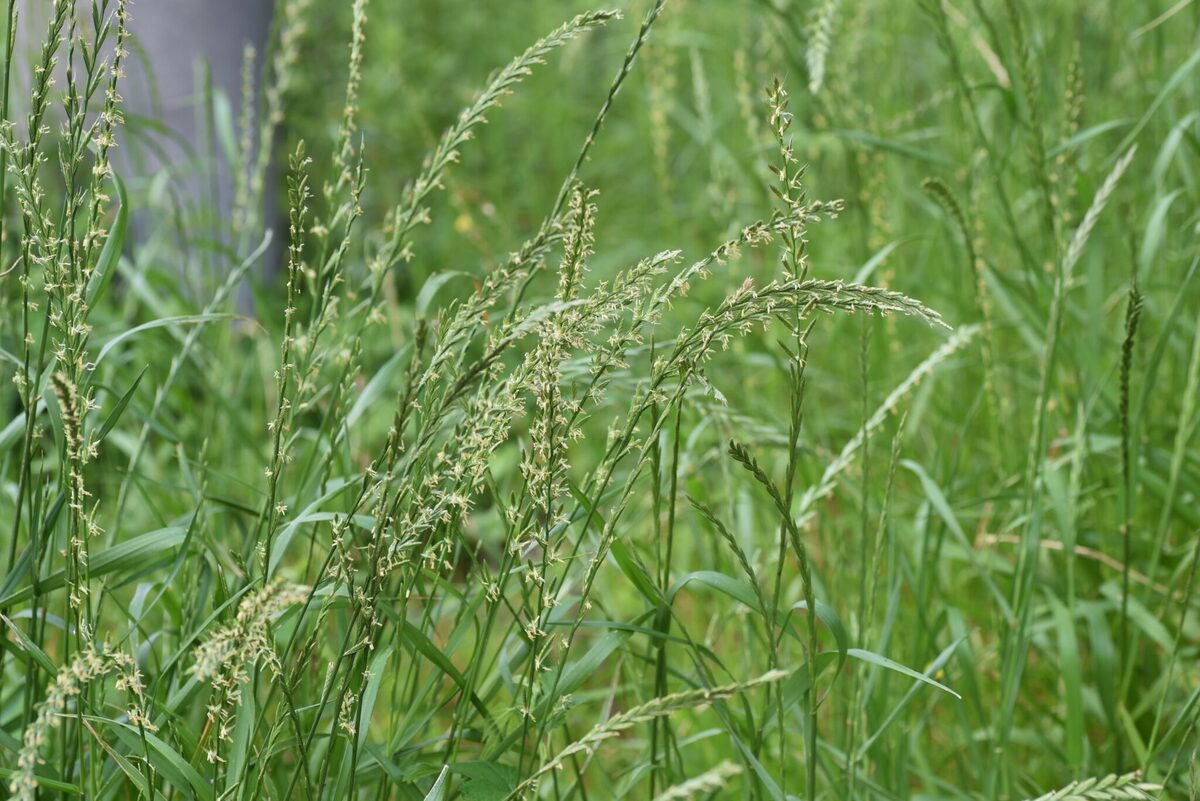
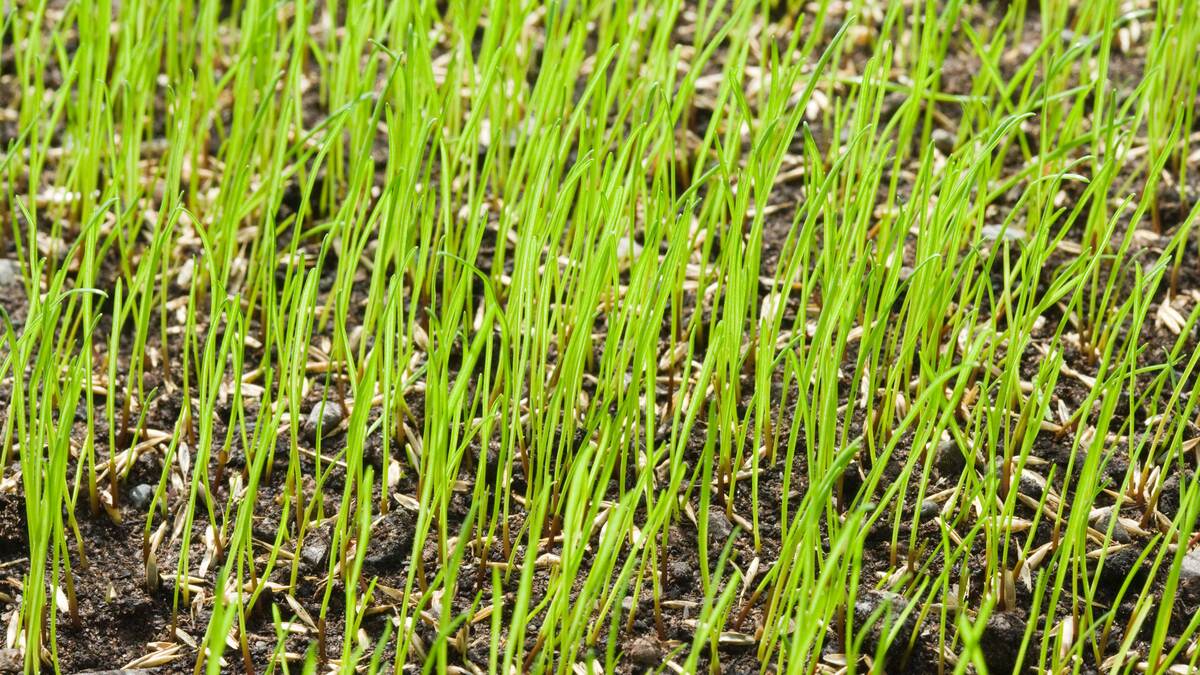
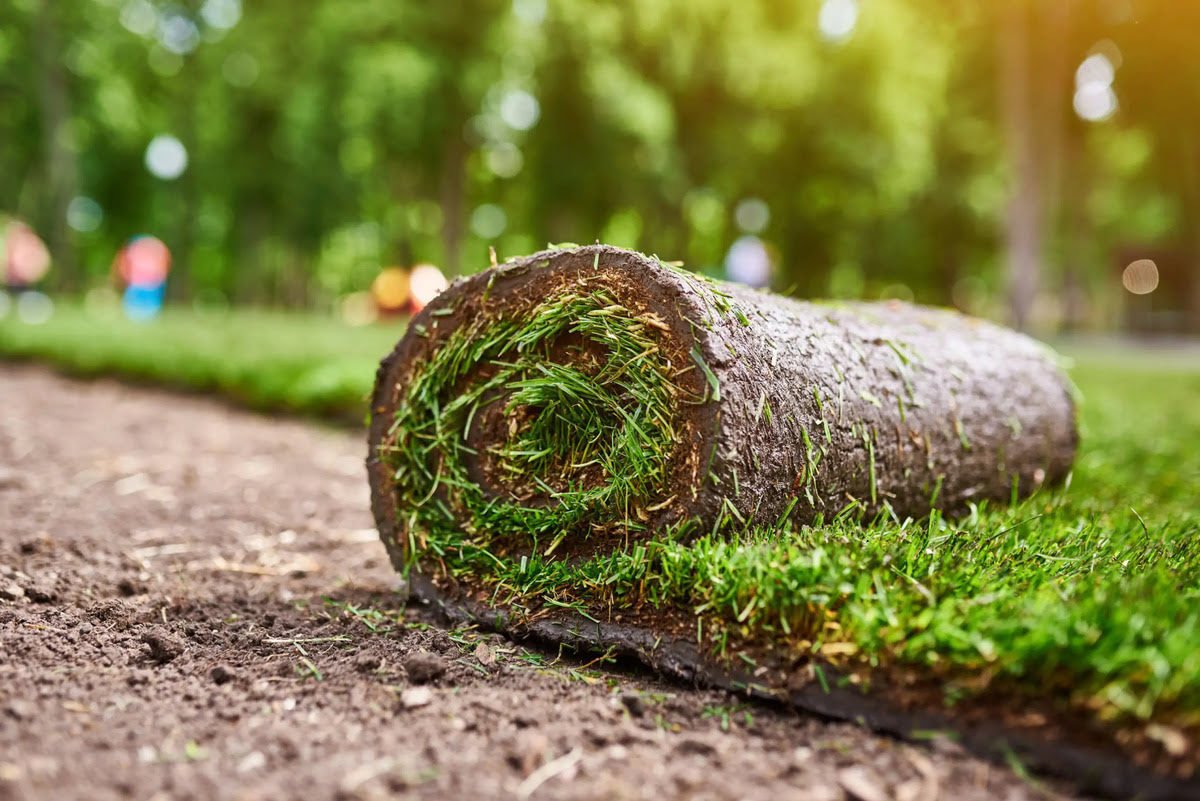
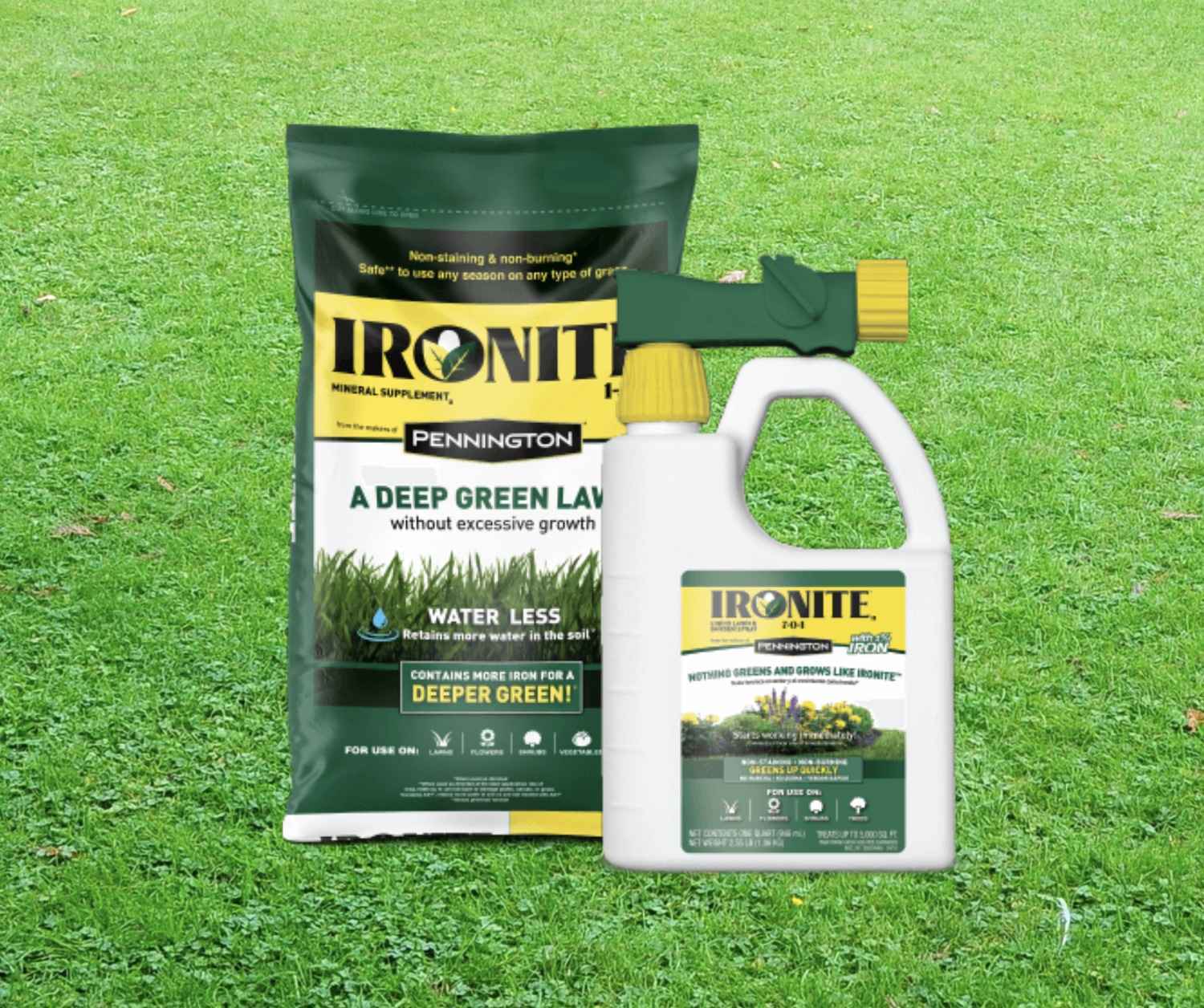
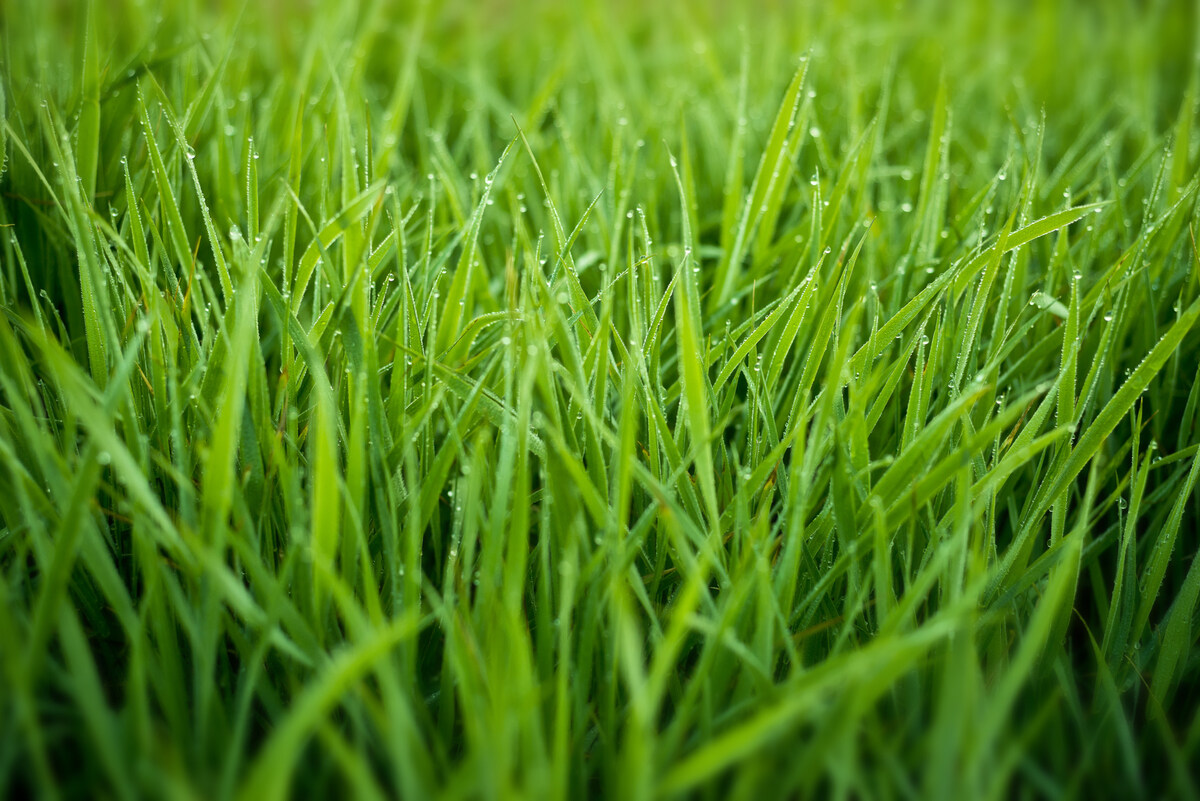
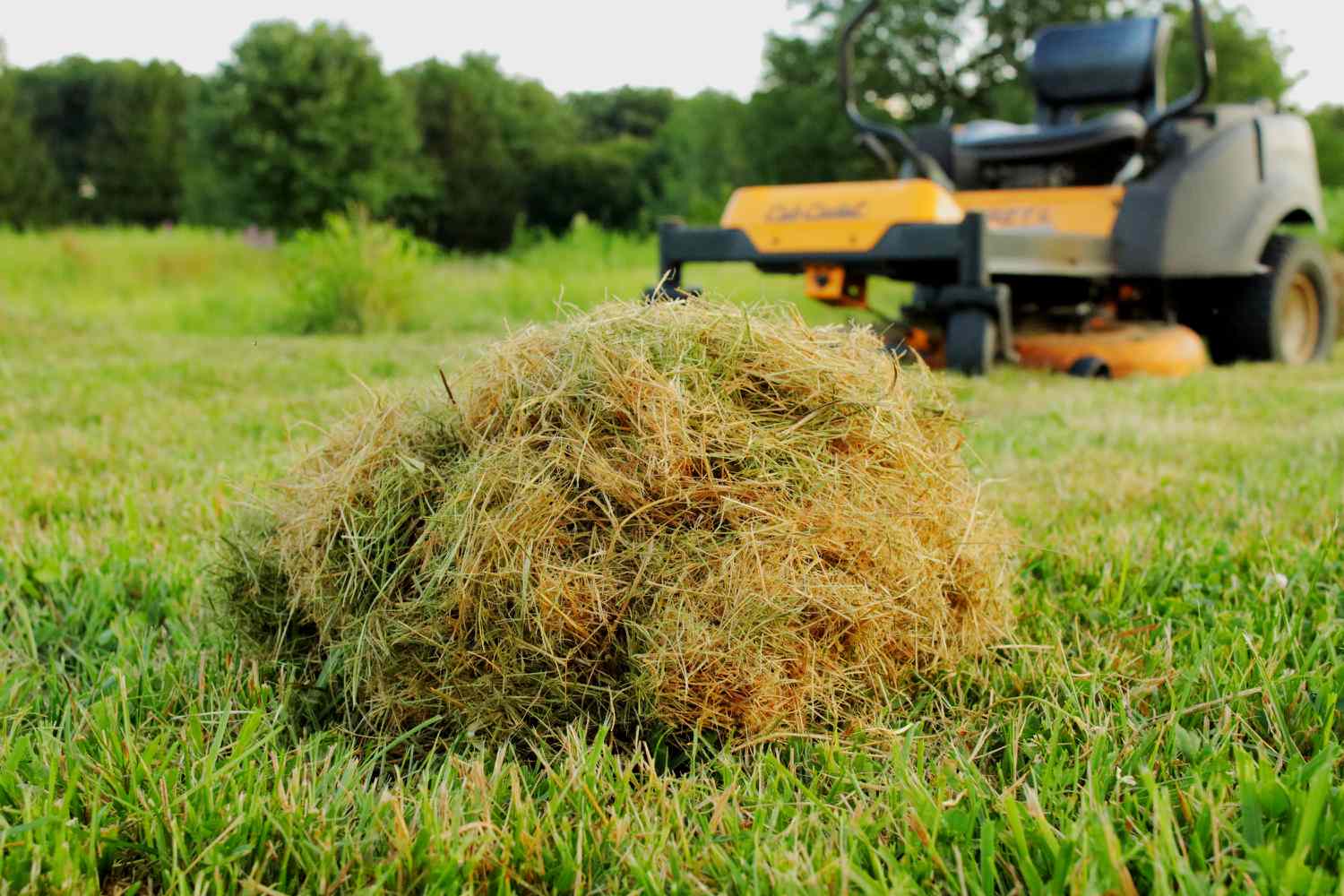
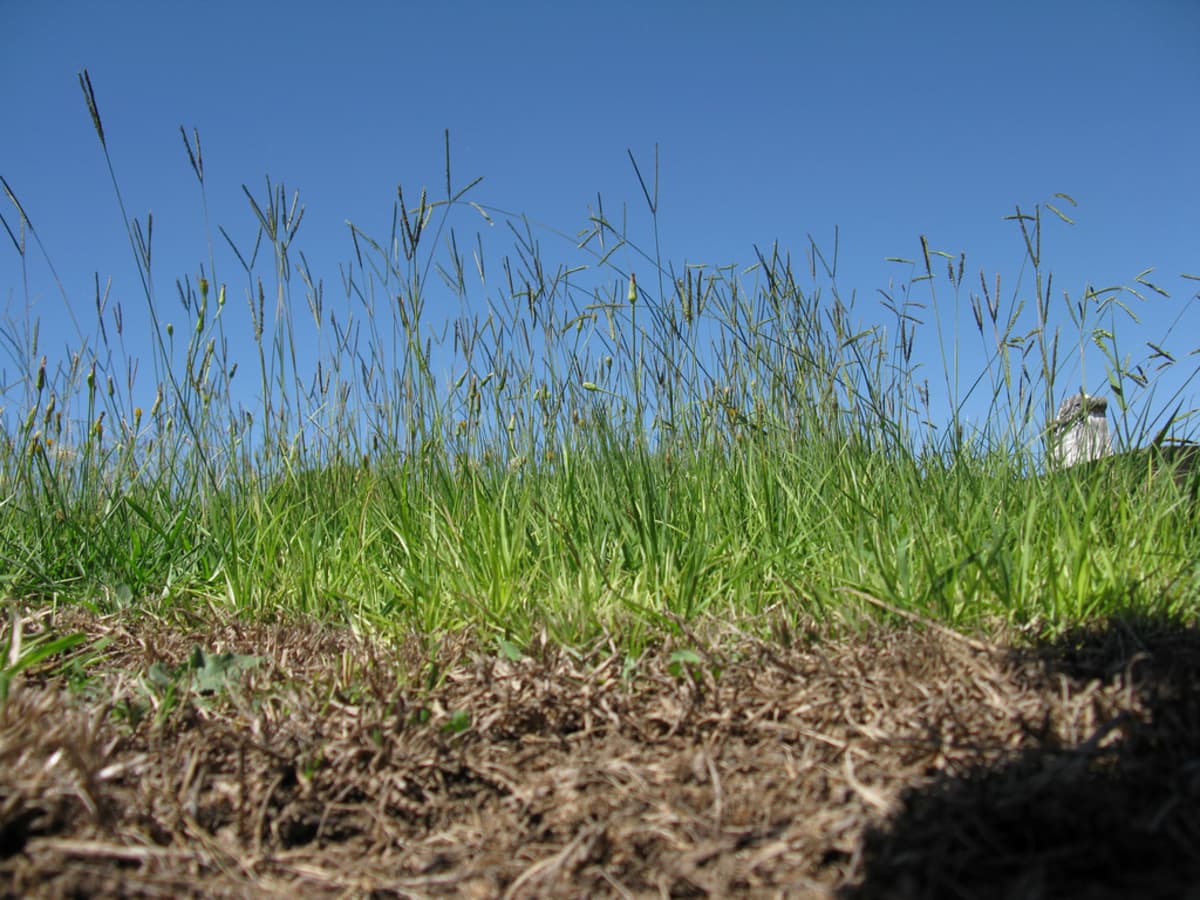

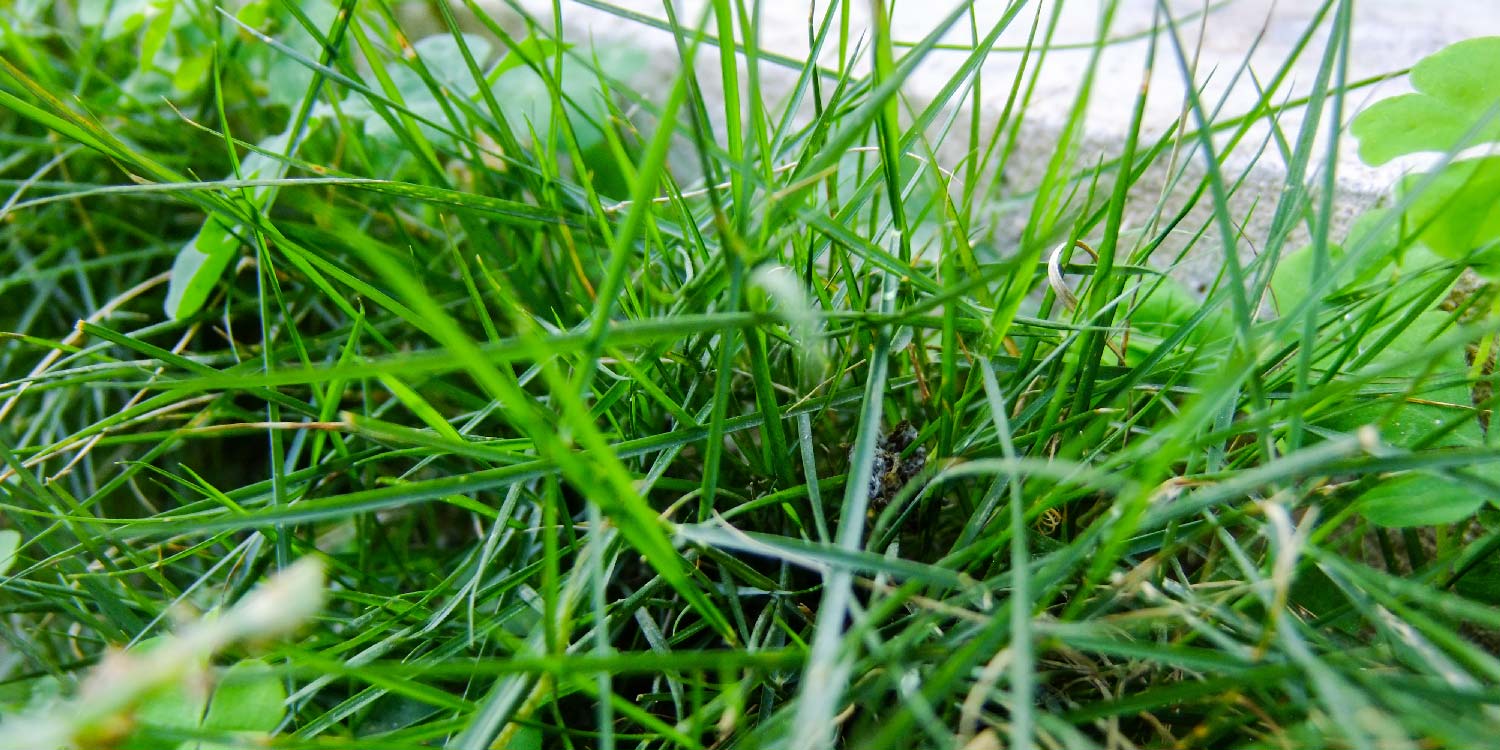
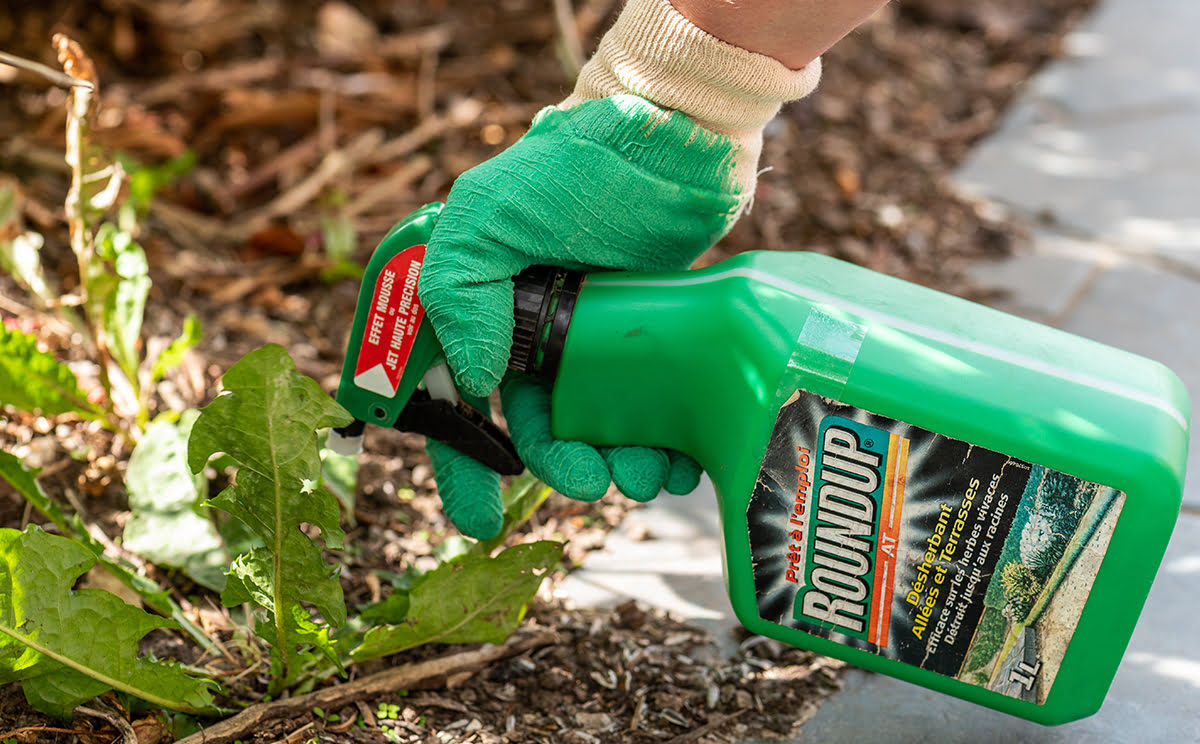

0 thoughts on “How Long Does It Take Grass Mulch To Decompose”